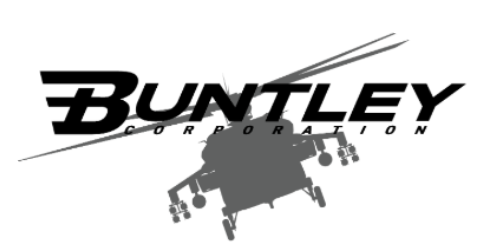Our Services
Metal Finishing Solutions by Buntley Corp.
Based in Huntsville, Alabama, our state-of-the-art production facility is dedicated to providing affordable and efficient services that support the mission of warfighters and meet the exacting standards of the aerospace, research, and defense industries.
- MIL-A-8625 Anodize Type II, Class 1 & 2
- MIL-A-8625 Anodize Type III, Class 1 & 2
- MIL-DTL-5541 Chem Film, Type 1 & 2, Class 1 & 3
- MIL-L-46010 Dry Film Lubricant, Type I, II, and III
- TT-C-490 Phosphate Coating
- TT-I-490 Zinc Phosphate (Pending Proof)
- MIL-PRF-24712/32348 Powder-Coating
- MIL-SPEC-53039, CARC System and other paints
- PASSIVATION AMS 2700, ASTM-A380, QQ-P-35, ASTM A-967
- Part Marking
Comprehensive Metal Finishing Services
At Buntley Corp., we offer a diverse range of metal finishing services designed to enhance the durability, performance, and aesthetic quality of your components. Our expertise includes:
Abrasive Cleaning
Before applying any surface treatment, it’s crucial to clean and abrade your components for optimal mechanical bonding. Buntley Corp. offers several abrasive cleaning methods tailored to different metals and finishes:
Grit Abrasive Cleaning
Also known as blast finishing or sandblasting, this process involves spraying fine, non-metallic material onto a metal surface to smooth, roughen, shape, or clean it.
Applications:
- Surface preparation for painting or coating
- Removal of rust, scale, or other contaminants
Benefits:
- Suitable for various industrial segments, including aerospace and defense
- Customizable media options to achieve desired results
Glass Bead Grit Abrasive Cleaning
This method uses fine glass or ceramic beads to remove deposits without damaging the original surface, creating a uniform, smooth finish.
Applications:
- Delicate parts requiring a fine finish without erosion
- Components in medical and high-tech industries
Benefits:
- Gentle yet effective cleaning process
- Maintains the integrity of the base material
Aluminum Oxide Abrasive Cleaning
Ideal for both cleaning and resurfacing, aluminum oxide creates a pure, etched surface and quickly removes paint, rust, and scale.
Applications:
- Heavy-duty cleaning tasks
- Preparation for further finishing processes
Benefits:
- Fast and effective removal of contaminants
- Produces a highly clean and receptive surface
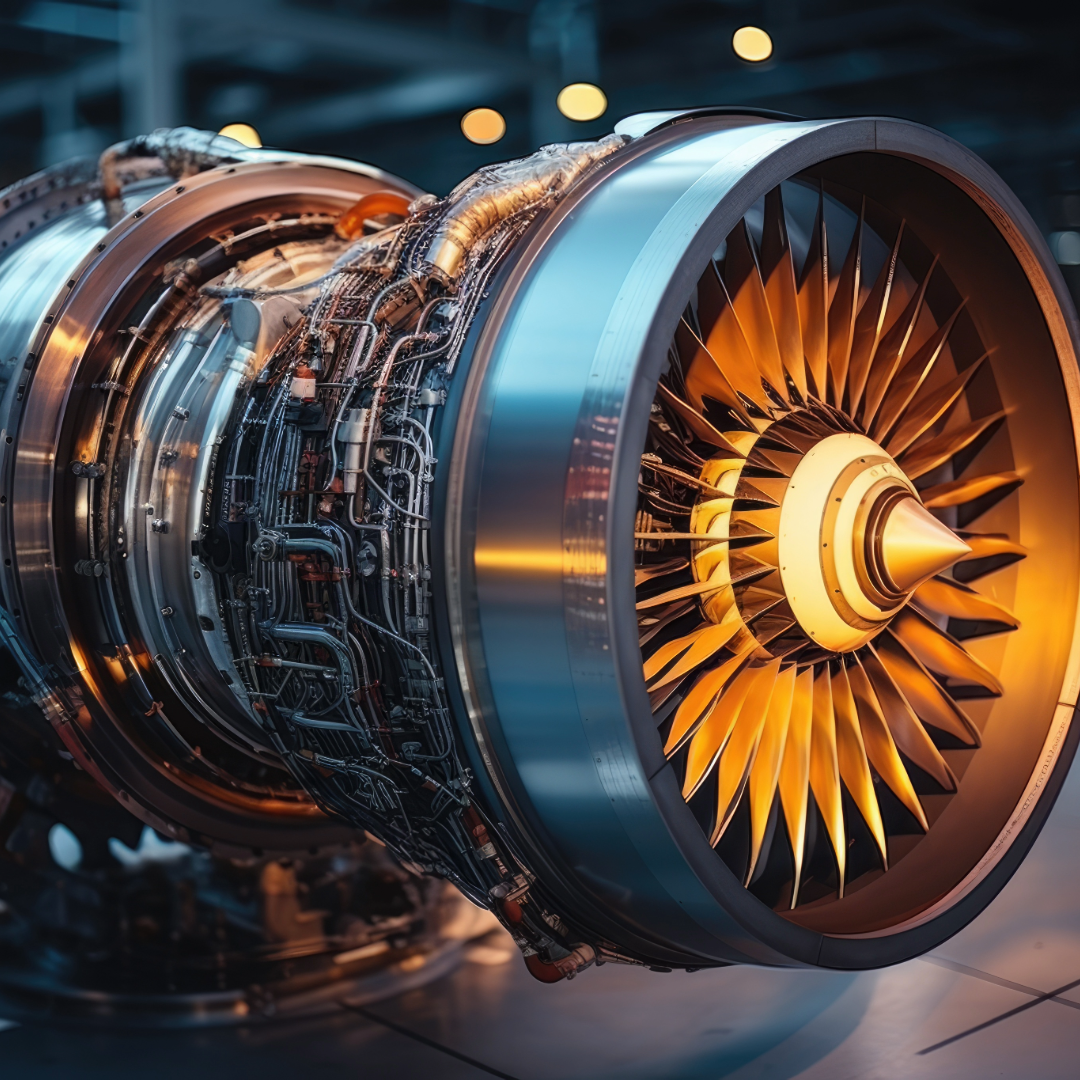
Hard Anodize (Type III)
Color will vary from light tan to black depending on alloy and thickness. Can be dyed in darker colors depending on thickness. Coating PENETRATES base metal as much as builds up on the surface. The term THICKNESS includes both the buildup and penetration.
Provides a very hard ceramic type coating. Abrasion resistance will vary with alloy and thickness of coating.
Very Good dielectric properties.
Coating should not be sealed where the main function is to obtain maximum abrasion or wear resistance. When used for exterior applications requiring corrosion resistance but permitting reduced resistance, the coating shall be sealed using a boiling deionized water or hot 5% sodium dichotomy solution, or other suitable chemical solution.
Abrasion resistance for unsealed coatings is tested by method 6192 of FED-STD-141 using CS-17 wheels with 1000gm load. The anodic coating will yield maximum wear index of 3.5 mg/1000 cycles on aluminum alloys having a copper content of 2% or higher. The wear Index for all other alloys shall not exceed 1.5mg/1000 cycles.
Anodize (Type II: Chromic and Sulfuric)
Conventional type II is anodic coating are intended to improve surface corrosion protection under sever service conditions, or as a base for paint systems. Coatings can be colored with a large variety of dyes and pigments.
Type IIB coatings provide non-chromite alternatives to type 1 and 1B where corrosion resistance paint adhesion and fatigue resistance is required.
Coatings shall meet weight requirements in table 1 of MIL- A-8625 prior to dying or sealing. Class of anodic coating and any special sealing requirements shall be specified prior to processing parts.
Colored Anodize available.

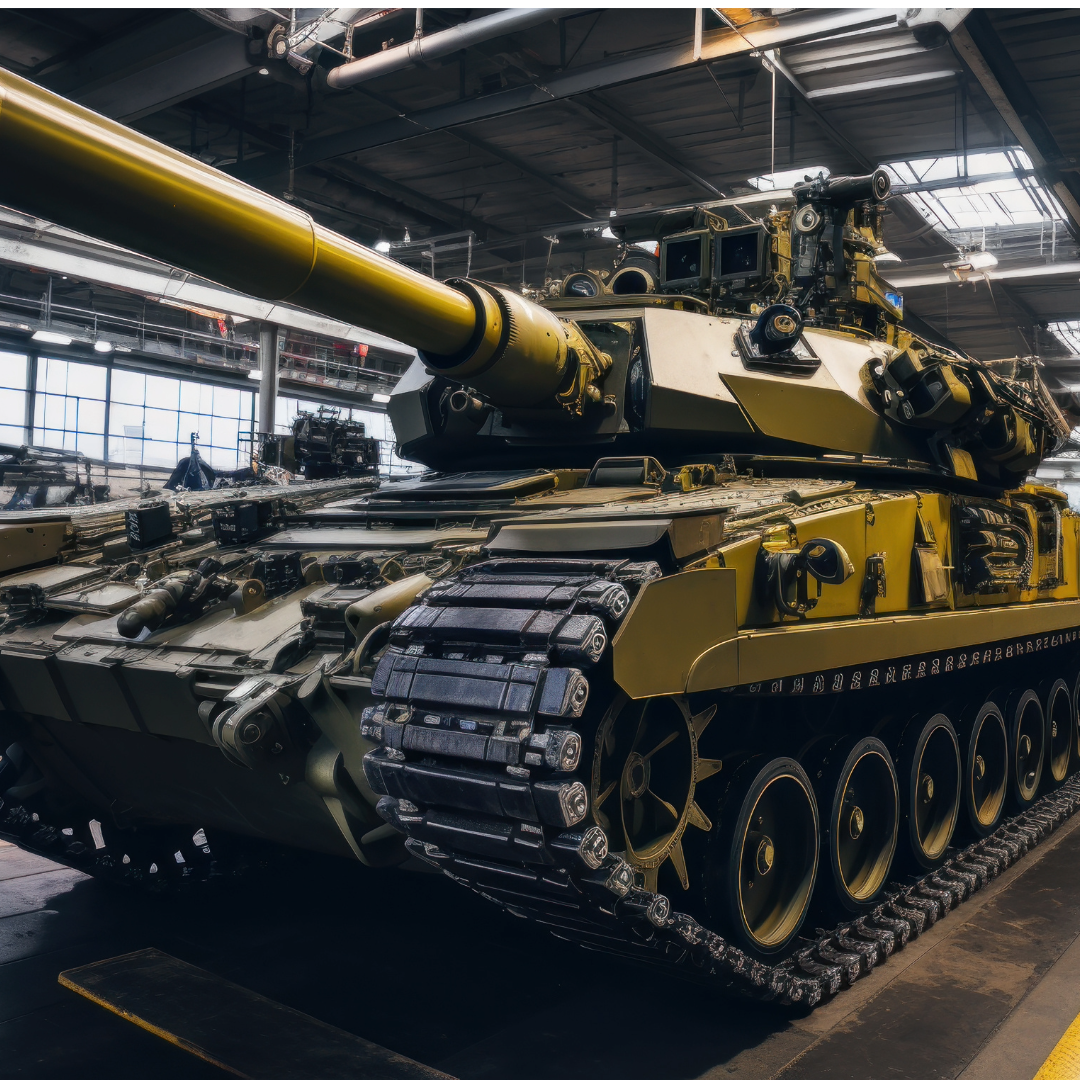
Mil-Spec Paints
MIL-SPEC Paint stands as a crucial component in military and industrial applications, renowned for its exceptional durability and compliance with stringent military specifications. This high-performance coating is specifically engineered to withstand the toughest environmental conditions, ensuring that military and industrial assets maintain their functionality and appearance over time.
Applications:
- Military Vehicles
- Industrial Equipment
- Infrastructure Protection
Chemical Films
Materials qualified produce coatings that range in color from clear to indecent yellow or brown.
Inspection difficulties may arise with Type 2 clear coatings because visual inspection does not reveal the Presence of a coating.
Class 1A Class 1A ion chemical prevention when conversion left coatings unpainted are as well
Class 1A chemical conversion coatings are Intended to provide corrosion prevention when left unpainted as well as to improve adhesion of paint finish systems on aluminum alloys. May be used on tanks, tubing’s and component structures where paint finishes are required for the exterior surfaces but not required for Interior surfaces.
Chem film coatings offer excellent corrosion protection and additional benefits:
Applications:
- Priming for paints and adhesives
- Providing reliable electrical connections between parts
Benefits:
- Prevents fingerprinting on soft metals
- Easy application via immersion, spray, or brush
- Economical with few processing steps
- Thin, non-dimensional coating
Applicable to various metals such as cadmium, copper, magnesium, silver, titanium, and zinc, chem film coatings are versatile and efficient.
Chemical Films
Materials qualified produce coatings that range in color from clear to iridescent yellow or brown. Inspection difficulties may arise with Type 2 clear coatings because inspection does not reveal the presence of a coating.
Class 1A
Claas 1A chemical conversion coatings are Intended to provide corrosion prevention when left unpainted as well as to improve adhesion of paint finish systems on aluminum alloys. May be used on tanks, tubing’s and component structures where paint finishes are required for the exterior surfaces but not required for Interior surfaces.
Class 1A
Class
3 chemical conversion coatings are Intended for use as corrosion preventive film for electrical and electronic applications where lower resistant contacts are required. The primary difference between Class 1A and Class 3 coating Is thickness.
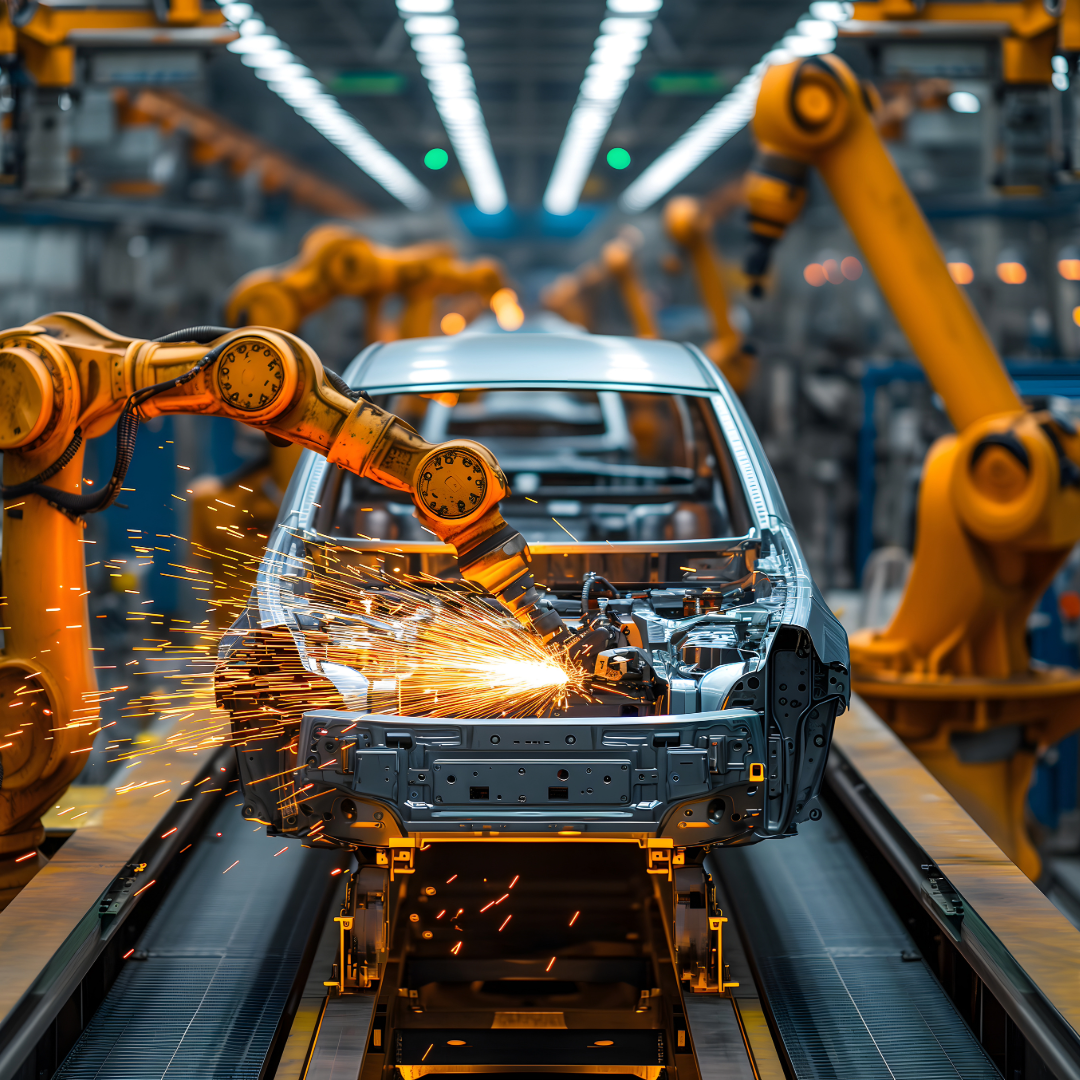

Dry Film Lubricants
Dry film lubricants, or dry lubes, protect against damage during movement and reduce friction and wear. At Buntley, these lubricants are sprayed on much like paint but can also be dipped.
Applications:
- Situations where wet greases or oils are not practical
- As a backup lubricant under grease
Benefits:
- High lubricating properties
- Prevents failure due to lack of grease
- Commonly used materials include graphite, molybdenum disulfide (MoS₂), and PTFE
Supplier Network Services
- Laser Etching
- Silk Screening
- Heat Treating
- Finish Stripping
- Hot Dip Galvanizing
- Black Oxide Coating
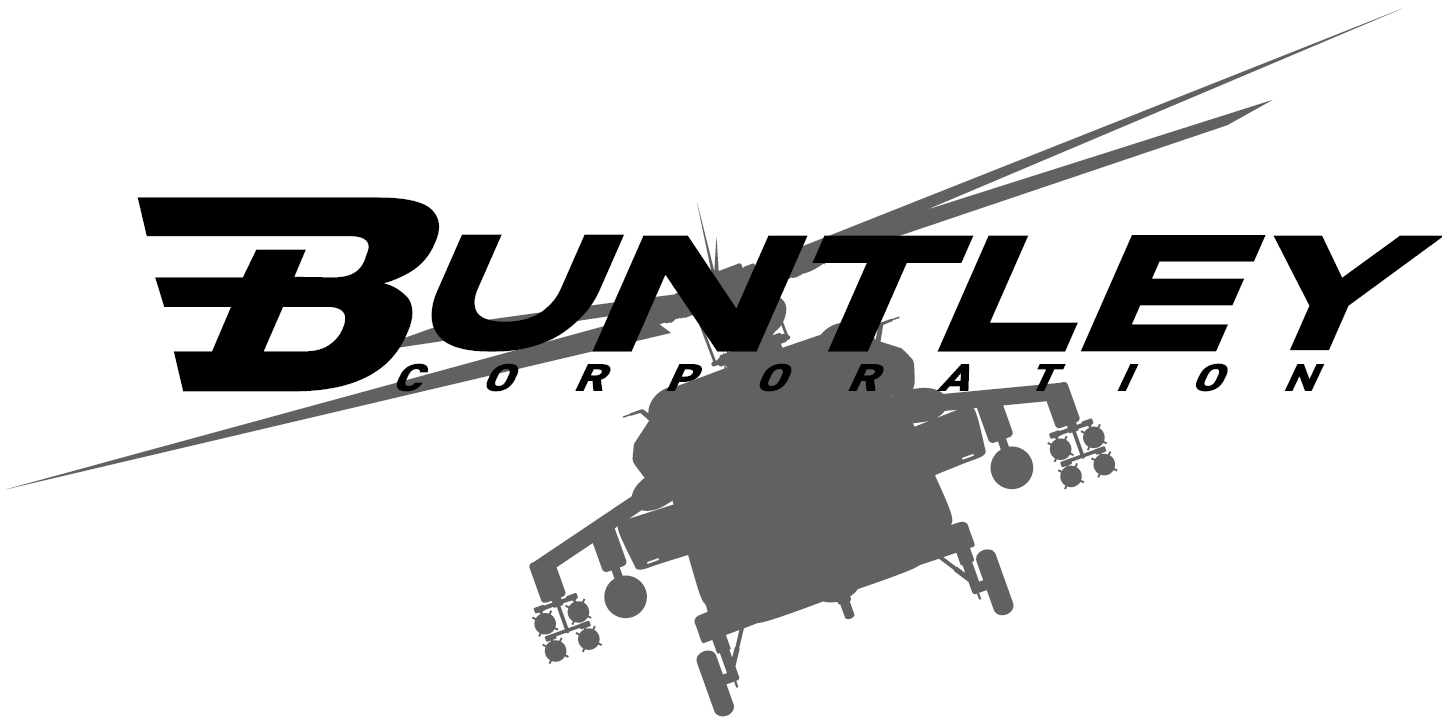
Buntley Corp
At Buntley Corp, we pride ourselves on our diverse range of capabilities, including anodizing, hard anodizing, chem film, solid film lubricant, MIL-spec paint, CARC applications, powder coating, phosphate coating, and finish stripping.
Contact Info
Phone: (256) 585-1296
Registration
CAGE: 95QM6
NAICS Codes: 332818, 332812
AS9100:2016D Certified, ITAR Registered
All Rights Reserved | Buntley Corporation.
